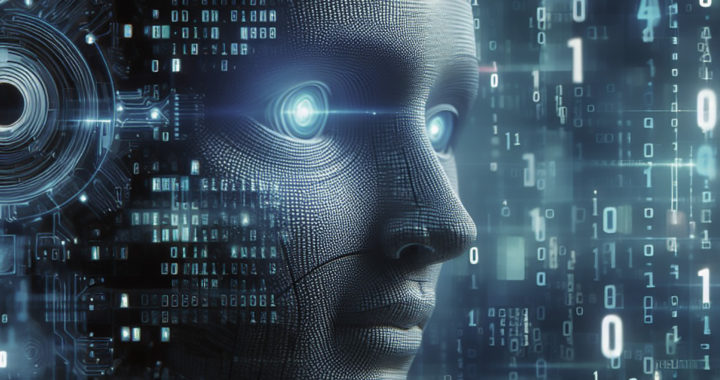The relationship between big data and artificial intelligence has become symbiotic. Both have benefitted from one another and have complemented each other. Note that big data represents datasets that are too large or complex that render traditional data processing methods and tools unusable. Artificial intelligence or AI pertains to a particular field of study in computer science and the various technologies developed for equipping machines with intelligence. Progress in both has resulted in further mutual advancements. Understanding how big data and artificial intelligence work together is essential in understanding the basics of the AI revolution and the promises and challenges of current and future progress in AI as a field.
Understanding the Relationship Between Big Data and Artificial Intelligence: How Do Big Data and AI Work Together?
Role of Big Data in AI
Data is the foundation of artificial intelligence. The initial periods of the field did not result in the development of practical AI applications because of the absence of data. However, as the digital information age matures due to the pervasiveness of the internet and advances in electronics, an explosion of data has transpired. This has given birth to big data.
The progress of AI research is dependent on the quantity and quality of data. The performance of a particular AI application is also dependent on the data used. Big data is the current fuel to the modern artificial intelligence revolution. It provides the needed volume, variety, and velocity for developing advanced AI algorithms and training large AI models.
It is important to note that machine learning and its more advanced subset called deep learning have provided methodologies for using large datasets and training models used for applications that can analyze patterns relationships with minimal to zero human supervision. Access to big data is central to modeling applications with better predictive capabilities.
A prime example of the role of big data in advancing AI is the development of large language models that have expanded the practical applications of an AI subfield called natural language processing or NLP. These models have powered generative artificial intelligence applications such as chatbots, intelligent agents, and text-to-image-or-video models.
Chatbots such as ChatGPT from OpenAI, Gemini from Google, and Copilot from Microsoft were trained from massive text-based datasets from the internet and the public domain. The same is true for text-to-image and text-to-video products such as DALL-E which are trained from both large datasets of texts and images obtained from the internet.
Hence, from the aforementioned, the relationship between big data and artificial intelligence is that the former has provided the needed fuel to develop algorithms and train models that have resulted in more advanced and practical AI applications. The accumulation of big data is at the heart of the modern and ongoing artificial intelligence revolution.
Role of AI in Big Data
Of course, as mentioned above, the relationship between big data and artificial intelligence is a two-way street or symbiotic. Even big data has benefitted from AI. It is important to note that large or complex datasets are often complicated and unstructured. This makes it difficult for humans to process, analyze, and extract meaningful insights.
The reason big data is impossible to handle using traditional data processing methods and tools lies in its sheer volume, the varieties in the different types of data within a single dataset, and the constant addition of additional data. Think of it as a hodgepodge of data that come from different data sources or streams and lack uniform structure and similar characteristics.
A particular AI application can help in resolving the challenges of big data. An architecture based on a machine learning model called artificial neural network can work as a tool for the effective and efficient processing of massive datasets. It can make predictions or derive conclusions from a complex, unstructured, and unrelated set of data or information.
It is important to note that even large language models used in different NLP applications have been used to process large datasets. These models can process and analyze large and multi-page documents with little to zero human intervention. This has been demonstrated by the capabilities of advanced AI-based chatbots such as ChatGPT and Google Gemini.
There are other real-world examples of how AI is used in processing big data. One of the most notable ones is an internet search engine. There are billions of websites that have been published over the years. Google has indexed hundreds of millions of them. It has developed an algorithm that helps users find the most suitable website using keywords.
Another example is the recommendation systems of social media platforms, digital advertising, and electronic commerce. These systems are based on AI algorithms and are trained on machine learning models to give users personalized recommendations based on their browsing history, the patterns in their online behavior, and their interactions with digital content.
